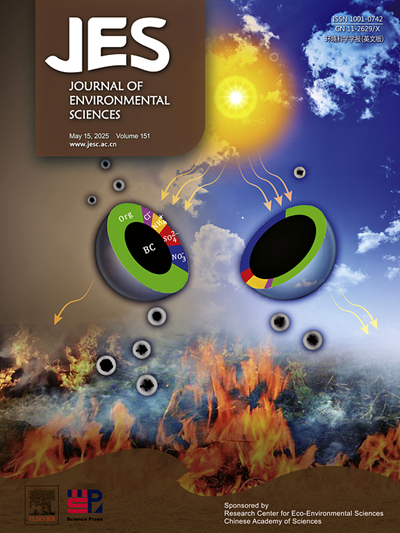The compounding effect of re-adsorptionon on bioaccessibility of methylmercury in rice-based infant cereals by vitro digestion assessment
Abstract
Considerable levels of methylmercury (MeHg) have been found rice-based infant cereals as a result of MeHg transfer from the rice as a raw material to the products, hence consumption of rice products may pose a potential health risk to infants who may receive cereals as the major diets and are susceptible to toxicity of MeHg. Determination of bioaccessibility of MeHg would provide a more accurate assessment of MeHg exposure through consumption of rice-based cereals, yet this information remains lacking. Further, the re-adsorption of methylmercury on the residual food will affect the accurate assessment of its bioaccessibility. Our goals in this work were 1) to determine the bioaccessibility of MeHg in infant rice cereals commonly available on the market by using a typical in vitro artificial gastrointestinal digestion model and 2) to evaluate the effects of MeHg re-adsorption on the in vitro assessment of MeHg bioaccessibility. The determined bioaccessibility of MeHg in the studied rice cereals after the standard dual-step (using gastric followed by intestinal juice) protocol ranged from 25% to 74%, a wide range comparable to that of fish samples observed here and in previous studies. The surprisingly higher bioaccessibility of MeHg in fish and rice cereals after the gastric step only, in comparison to after the complete two-step gastrointestinal digestion, suggests the re-adsorption of MeHg on the residual food. Separate experiments with spiked MeHg standards confirmed that the MeHg released by the acetic gastric juice was re-adsorbed on the residues during the intestinal step at neutral pH. This study provided first-hand data on the bioaccessibility of MeHg in infant rice cereals and methodological implications on using in vitro digestion to evaluate the bioaccessibility of MeHg and metal contaminants in general.


 求助内容:
求助内容: 应助结果提醒方式:
应助结果提醒方式:


